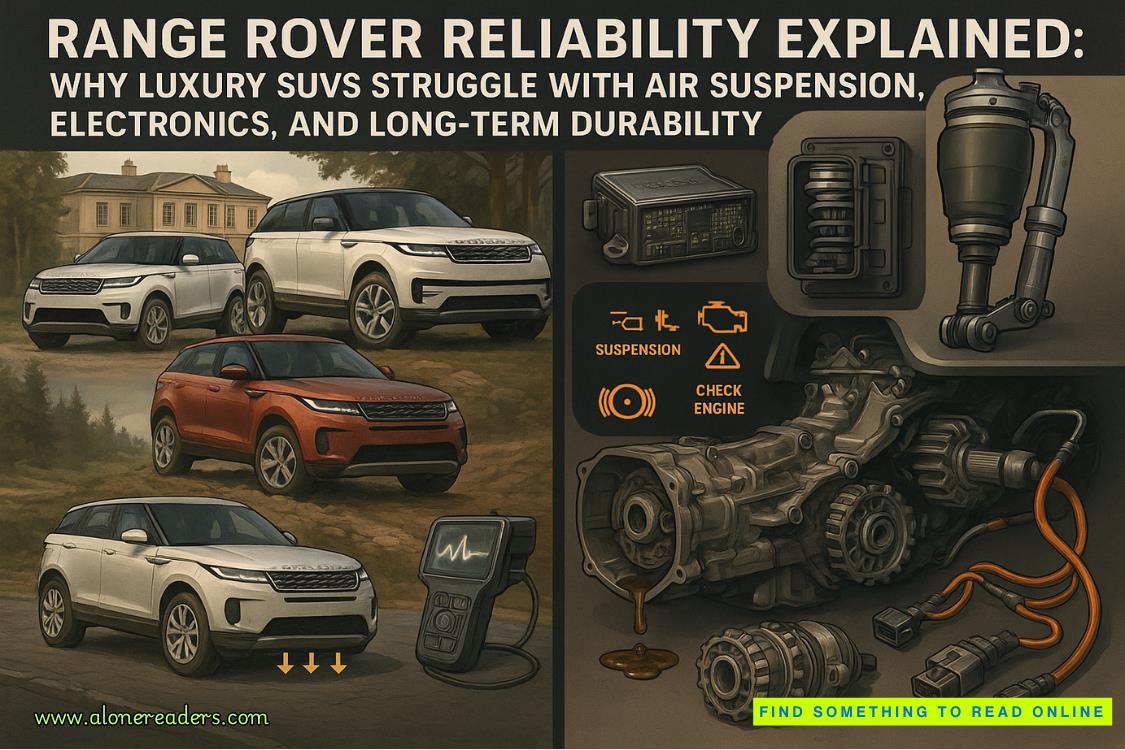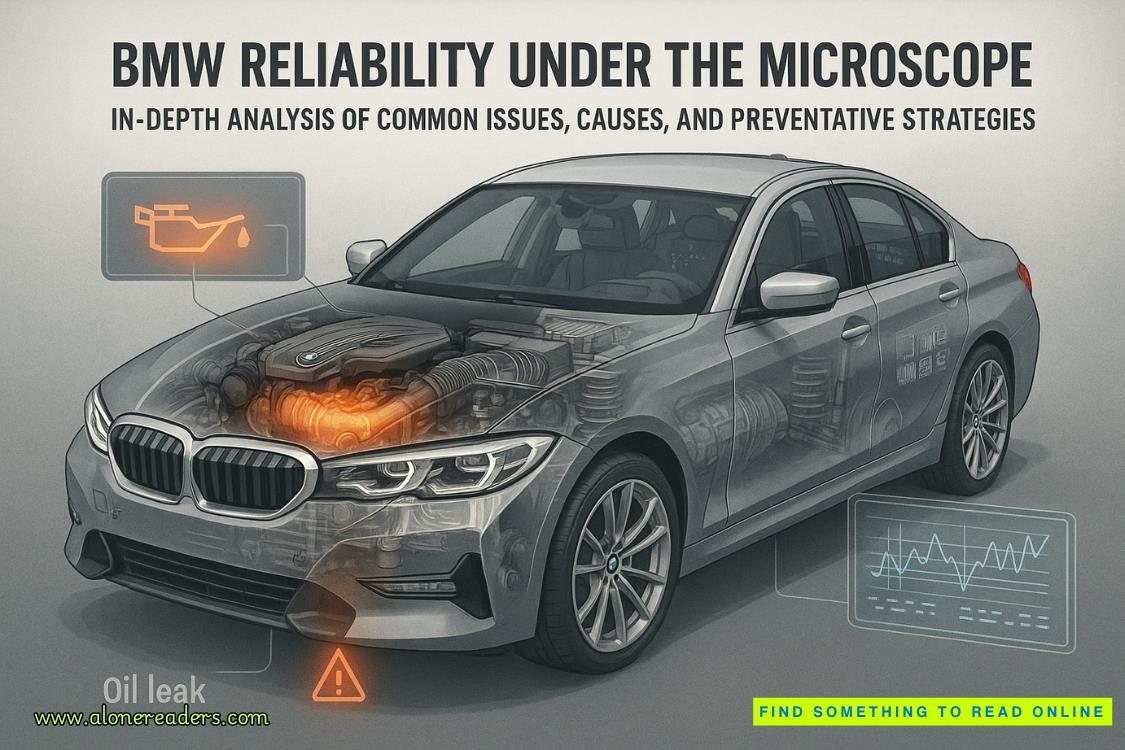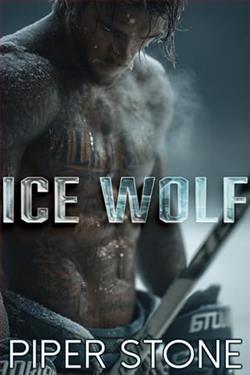Page 67 of Project Hail Mary
“Welcome to Little Russia!” said Dimitri. He gave a theatrical wave at the aircraft carrier’s lower hangar deck. The whole space had been repurposed into a bunch of labs full of high-tech equipment. Dozens of lab-coated scientists toiled away at their tasks, occasionally speaking Russian to one another. Dimitri’s Denizens, we called them.
We probably put more effort into naming stuff than we should have.
I clutched my little sample container like Scrooge with a bag of coins. “I’m not happy with this.”
“Oh, hush,” said Stratt.
“I’ve only made eight grams of Astrophage so far, and I’m supposed to just give away two grams of it? Two grams may not seem like much, but it’s ninety-five billion Astrophage cells.”
“It is for a good cause, my friend!” said Dimitri. “I promise you will like it. Come, come!”
He led Stratt and me through to the main lab. The center was dominated by a huge cylindrical vacuum chamber. The chamber was open and three technicians mounted something to a table inside.
Dimitri said something in Russian to them. They said something back. He said some other thing and pointed to me. They smiled and made happy Russian sounds.
Then Stratt said something stern in Russian.
“Sorry,” said Dimitri. “English only for now, my friends! For the American!”
“Hello, American!” said one of the technicians. “I am speak of English for you! You have fuel?”
I gripped my sample container tighter. “I havesomefuel….”
Stratt looked at me the way I look at stubborn students in my class. “Hand it over, Dr. Grace.”
“You know, my breeder doubles Astrophage population over time, right? Taking away two grams now is like taking away four grams next month.”
She pulled the container out of my hands and handed it to Dimitri.
He held the small metal vial up and admired it. “This is a good day. I have looked forward to this day. Dr. Grace, please let me show you my spin drive!”
He gestured for me to follow and bounced up the stairs into the vacuum chamber. The technicians exited one at a time to make room for us.
“All is attached,” said one of them. “Checklist is done. Ready for test.”
“Good, good,” Dimitri said. “Dr. Grace, Ms. Stratt. Come, come!”
He led Stratt and me into the vacuum chamber. A thick, shiny metal plate leaned against one wall. The middle of the chamber had a round table with some kind of device resting on it.
“This is spin drive.” Dimitri beamed.
It wasn’t much to look at. It was a couple of feet across, mostly circular, but with one side of it cut flat. Sensors and wires came out from apertures all over the place.
Dimitri lifted the top casing off to reveal the innards. Things got more complicated. Inside was a clear triangle on a rotor. Dimitri gave it a little spin. “See? Spin. Spin drive.”
“How’s it work?” I asked.
He pointed to the triangle. “This is the revolver—high-tensile-strength transparent polycarbonate. And this”—he pointed to a nook between the revolver and the outer casing—“is where fuel comes in. IR emitter inside that part of revolver emits small amount of light with 4.26 and 18.31 microns wavelength—that is wavelengths which attract Astrophage. Astrophage go to that revolver face. But not too hard. Astrophage thrust is based on strength of IR light. Dim light make weak thrust. But enough to make Astrophage stick to surface.”
He rotated the triangle and aligned an edge with the flat part of the casing. “Rotate 120 degrees, this face of revolver with Astrophage stuck to it now points out the back of the ship. Increase strength of IR light inside. Astrophage nowveryexcited, pushveryhard toward IR light! Their thrust—Petrova-frequency light—leaves back of ship. This pushes ship forward. Millions of little Astrophages pushing on back of ship make it go, yes?”
I bent down for a look. “I see…this way no part of the ship has to be in the blast area of the light.”
“Yes, yes!” said Dimitri. “Astrophage force limited only by the brightness of IR light attracting it. I did very much math and decided best is to make Astrophage exhaust all energy in four seconds. Any faster and force will break revolver.”
He rotated the revolver another 120 degrees and pointed to the remaining third of the casing. “This is cleaning area. Squeegee wipes dead Astrophage off revolver.”
He pointed to the cleaning area, then the fueling area, and then the open face. “All three areas active at same time. So while this area cleans dead Astrophage off this face, fueling area adds Astrophage to that face, and other face is pointed out back of ship, providing thrust. This pipelining means the part of triangle pointed out back of ship is always thrusting.”















